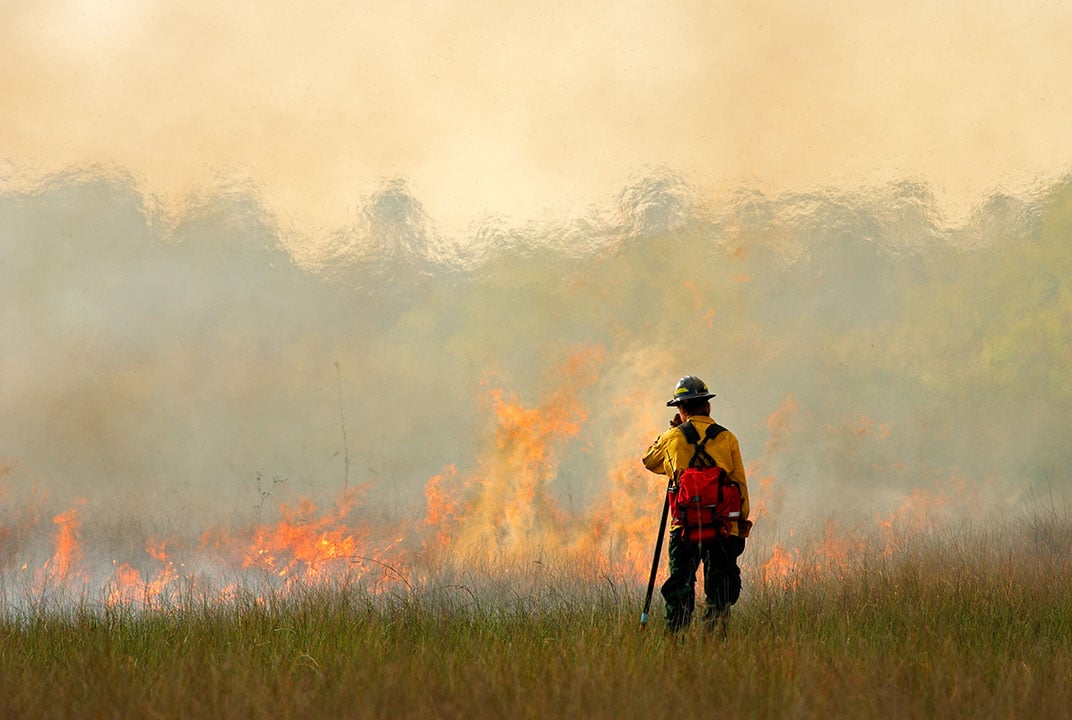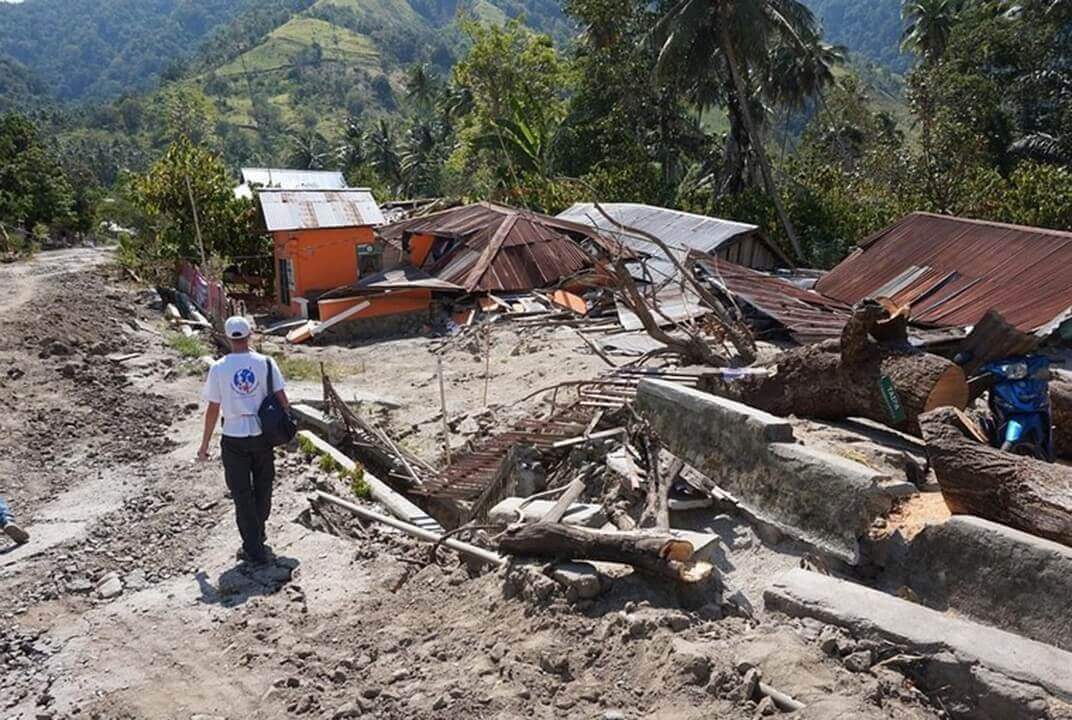Inmarsat signs Crisis Connectivity Charter
Inmarsat, along with world-leading satellite operators under the umbrella of the EMEA Satellite Operators Association (ESOA) and the Global VSAT Forum (GVF), has signed a Crisis Connectivity Charter at the World Humanitarian Summit Global Consultation in Geneva.
The signing, which took place with the United Nations (UN) Office for Coordination of Humanitarian Aid (OCHA) and the Emergency Telecommunications Cluster (ETC), signalled Inmarsat’s commitment to enhancing connectivity in humanitarian emergencies.
The Charter formalises terms and protocols to increase the ability of emergency response teams to access satellite-based communications when local networks are affected, destroyed or overloaded in the wake of a disaster.
Critical role
In the past year alone, global natural disasters in Vanuatu, Nepal and the Philippines have demonstrated the critical role of communications in the wake of a crisis.
The satellite sector is often part of the first responder team, providing immediate communications links that support supply logistics, urgent medical care and coordination of relief efforts.
The principles of the Charter also include increased coordination to prioritise access to bandwidth for humanitarian purposes during disaster operations; pre-positioned satellite equipment; transmission capacity at times of disaster in 20 high-risk countries in Europe, the Middle-East, Africa and Asia; and training and capacity building for the humanitarian community across all five continents.
Satellite solutions
Aarti Holla, Secretary General of ESOA, said: “ESOA is honoured to have led this effort on behalf of member satellite operators who collectively deliver global coverage and connectivity.
“We have to recognise that the number of crises around the world is increasing both as a result of climate change and geo-politics. As a result, the unique ability of satellite solutions to help save lives is becoming indispensable and the Charter will enable the ETC to trigger pre-positioned satellite solutions in any one of their 20 high-risk countries or beyond.”
Signing the Charter on behalf of UN OCHA, Stephen O’Brien, UN Under-Secretary General for Humanitarian Affairs and the UN’s Emergency Relief Coordinator said: “The humanitarian community relies on satellite communications as they are the only technology that are immune to natural disasters and that can be immediately deployed, regardless of constraints such as geography.
Humanitarian community
“This is a significant step for the humanitarian community and a step change in the way we have worked with satellite operators in the past.”
Chair of the ETC and Chief Information Officer of the World Food Programme (WFP), Jakob Kern, noted: “The Charter seeks to ensure improved access to communications services in humanitarian emergencies, and with satellite services we can save lives.
“Through the Crisis Connectivity Charter and the ETC network, we endeavour to ensure that by 2020 all those responding to disasters, especially affected people, can communicate to respond, recover and redevelop. Mobilising their members in this way, ESOA and GVF are supporting the ETC in making this vision a reality.”
Emergency communications
Signing for GVF, David Hartshorn, Secretary General noted: “Our members provide emergency communications on all continents using key satellite spectrum such as the C-band.
“We hope governments and administrations the world over will recognise the vital role satellite operators play in the globe’s telecommunications infrastructure and its ability to ensure an immediate, robust and resilient response to disasters.”

